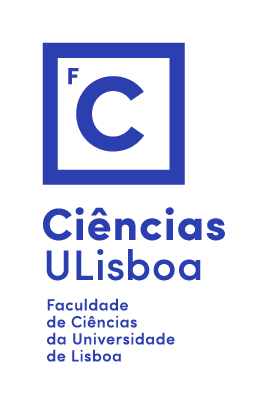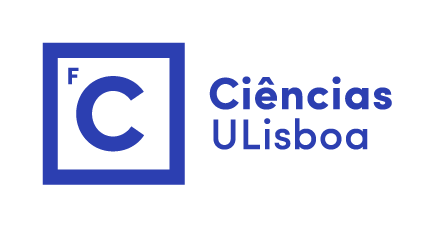About the Faculty of Sciences | CIÊNCIAS ULisboa
CIÊNCIAS celebrated its 1st centenary in 2011 and its history can be traced back to the creation of Portugal's first university, the University of Lisbon, in 1288.
It is recognised as one of the most prestigious teaching and research institutions in Portugal, particularly in the sciences and related areas. This recognition comes from the quality of its programmes, which include 17 bachelor's degrees, 40 master's degrees and 21 doctorates, reflected in an employability rate of 98%.
The Faculty is home to 13 research centres, recognised by the Foundation for Science and Technology, and stands out for its commitment to excellence in research and innovation. This commitment is evident in its per capita performance, which is the best in the University of Lisbon. The Tec Labs innovation centre, located on campus, is home to 35 start-ups, 6 of them international, with a focus on science and health.
The CIÊNCIAS campus occupies 1.5 hectares of green space and has off-campus research facilities, such as the Ribeira Abaixo estate in the Serra de Grândola and the Guia Maritime Laboratory in Cascais. Sustainability is a priority, promoted through the Living Laboratory for Sustainability, which includes social and environmental innovation projects such as HortaFCUL, FCULResta or Ciências e Harmonia.
Every day, around 5,000 people pass through the campus, which is frequented by 6,000 students, 650 professors and researchers, as well as more than 200 employees who are part of the institution.
See also: presentation leaflet of Ciências ULisboa
Mission
The Faculty of Sciences of the University of Lisbon is an institution of creation, transmission and diffusion of scientific and technological knowledge that promotes a culture of permanent learning, valuing critical thinking and intellectual autonomy.
Its mission is research and teaching, and the transfer of knowledge and innovation in the areas of exact and natural sciences and techno-sciences, as well as the dissemination and sharing of cultures, stimulating a permanent opening to civil society.
Motto
What we do not know today, we will know tomorrow (Garcia de Orta, 1563).
History
The Faculty was created by Decree on 19 April 1911
Since its creation and until 1985, when it was transferred to its new facilities in Campo Grande, the Faculty of Sciences facilities were in the building that used to hold the Polytechnic School (Escola Politécnica), and before that, other key cultural and scientific institutes. In addition to this shared background, the Faculty of Sciences also takes on the historical, cultural and scientific heritage of its ancestors:
- Noviciado da Cotovia (1619-1759);
- Real Colégio dos Nobres (1761-1837);
- Escola Politécnica (1837-1911).
As an integral unit of the University of Lisbon, the Faculty of Sciences also belongs to this institution's founding history. Neither should we forget the turbulent beginnings of the University of Lisbon. In the words of A. Moreira Sá:
"The Portuguese University was founded by King Dinis on March 1, 1290, and was transferred to Coimbra in 1308; thirty years later it was transferred back to Lisbon and then, in 1354, it was moved once again to Coimbra. However, King Fernando ordered, on June 3, 1377, its transferral back to Lisbon, where it stayed for 160 years without interruption - more precisely during the Discoveries, a period which greatly benefitted from the contributions of several of its students and teachers (among many others, the sailor Gil Eanes and two key scientific figures: Pedro Nunes and Garcia de Orta)."
The building on Rua da Escola Politécnica currently houses the University of Lisbon Museum (Museu Nacional de História Natural e da Ciência) - a set of important and rare museological installations and a forum for scientific activities.

